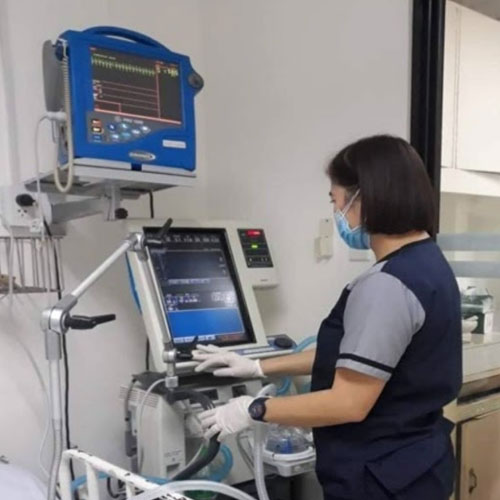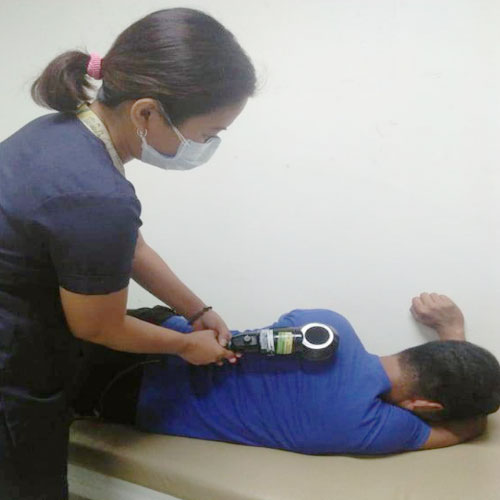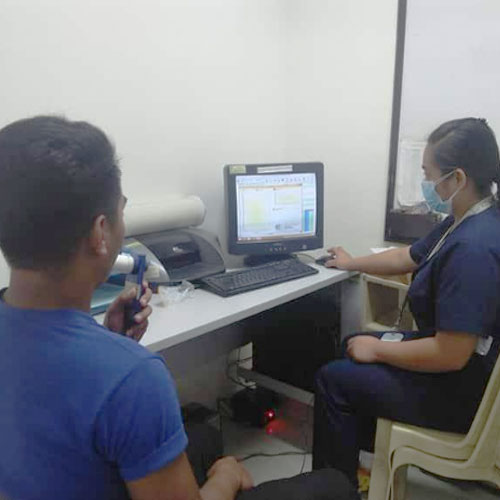PULMONARY SECTION
A special area in the ancillary department, with a multidisciplinary approach to reducing symptoms and improving the quality of health in patients with compromised lung function. This Section is operating 24 hours a day, staffed by highly trained and experienced Respiratory Therapists and Aides, working as a team involved in the Pulmonary diagnostic and therapeutic procedures of patients with the Medical Specialists using the state of the art machines.


